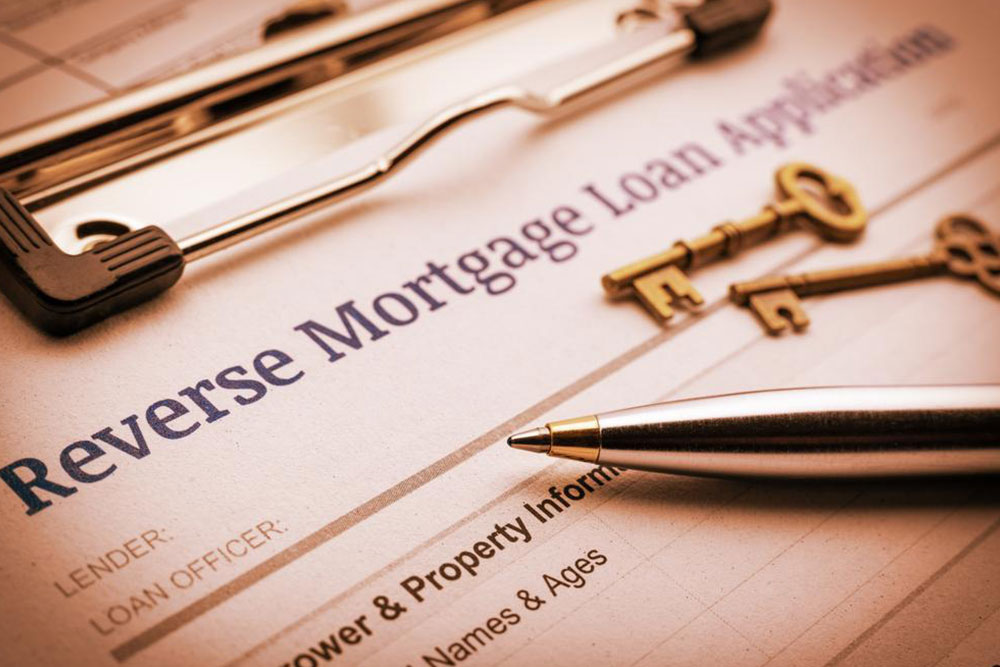Advantages and Disadvantages of Reverse Mortgages for Senior Homeowners
Explore the key advantages and disadvantages of reverse mortgages for seniors. Understand how these loans work, their benefits like maintaining home ownership and providing retirement funds, as well as drawbacks such as high costs. Make informed decisions by researching thoroughly and consulting professionals to determine if a reverse mortgage suits your retirement plan.

Advantages and Disadvantages of Reverse Mortgages for Senior Homeowners
A reverse mortgage is a financial agreement primarily designed for seniors, allowing homeowners aged 60 and above to access part of their home equity in the form of payments. Instead of making monthly payments, the lender provides funds through lump sums, monthly disbursements, or a line of credit. The loan is settled when the homeowner moves, sells the house, or passes away. This arrangement enables seniors to boost their income while maintaining ownership of their property.
Unlike traditional mortgages where the borrower pays the lender, reverse mortgages involve the lender paying the homeowner. This feature makes reverse mortgages especially suited for retirees needing extra cash without selling their homes.
To qualify, borrowers must be over 60 years old, making this a financial tool tailored specifically for seniors. Reverse mortgages can provide liquidity for retirement expenses but come with considerations you should evaluate thoroughly.
Here are some benefits and potential drawbacks of reverse mortgages:
Advantages
The loan is secured with a lien on your home, allowing you to retain ownership.
Your responsibilities are limited—neither you nor your heirs will owe more than the home's market value.
You have control over when to move out or sell your property; eviction is not a concern.
Disadvantages
High cumulative costs from various fees and interest can reduce the amount of available funds.
It's vital to research extensively and consult financial advisors before opting for a reverse mortgage to ensure it aligns with your retirement goals and financial situation.










